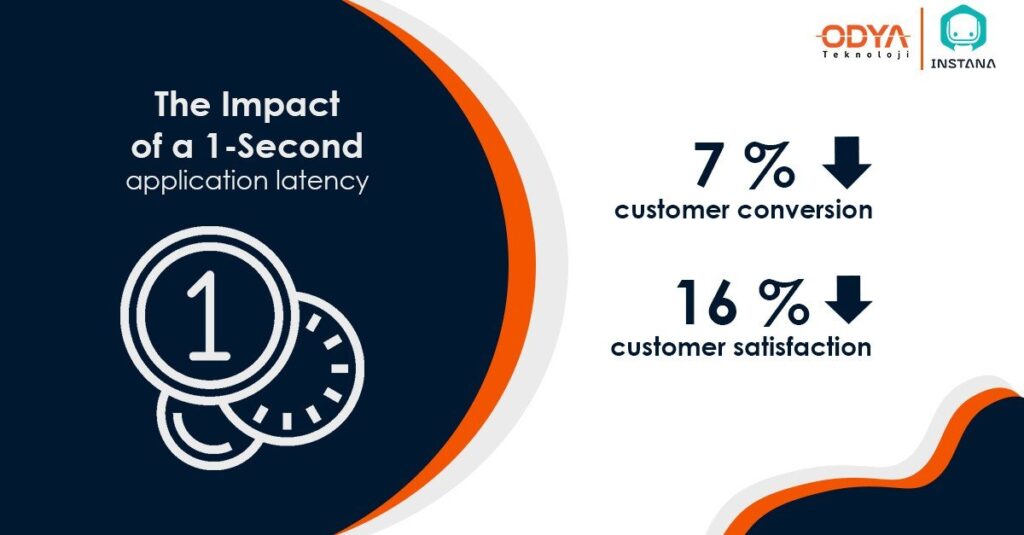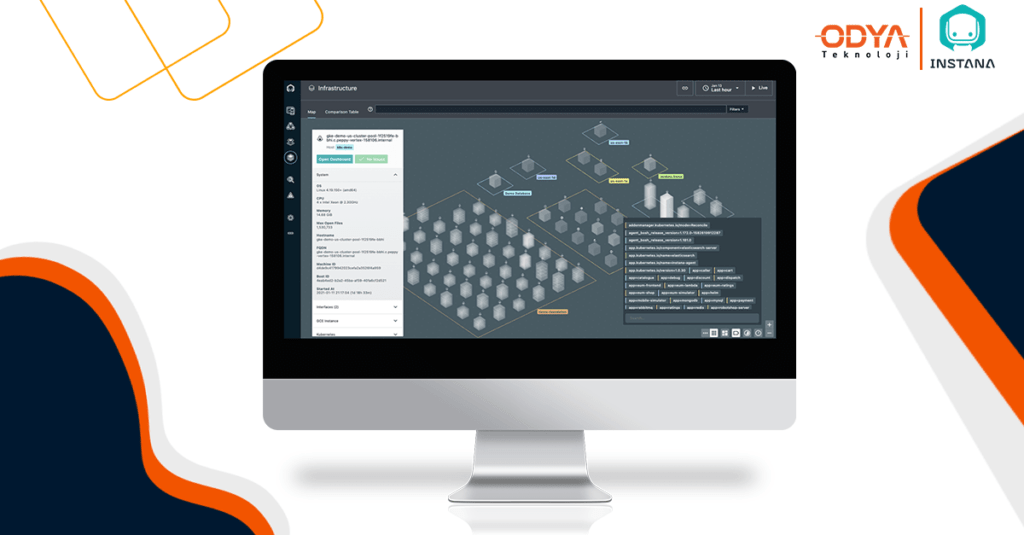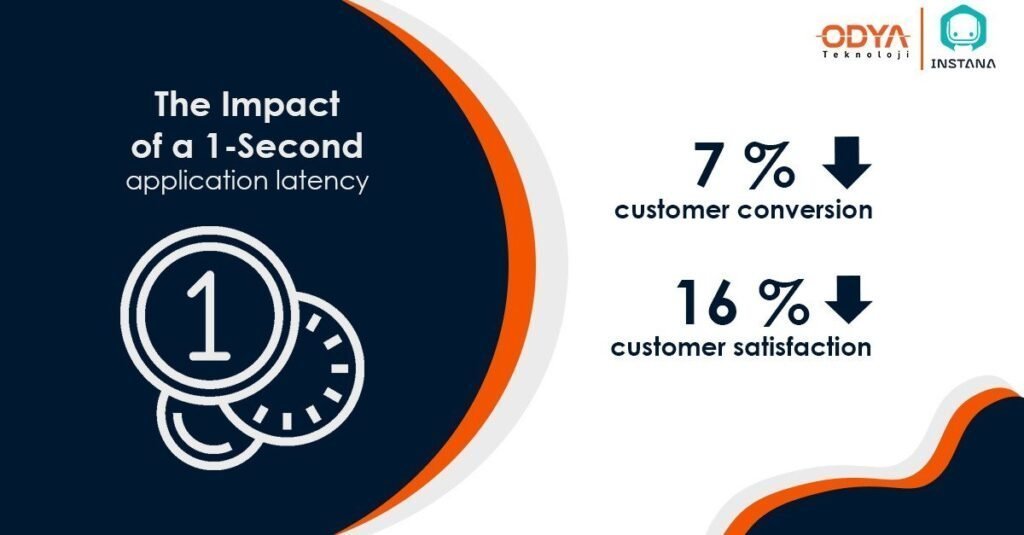
How Application Performance in the Finance Sector Affects Our Lives? The Solution With Instana
With the increase in regulations, the need for observability in the financial sector is increasing day by day. We wanted to share with you the APM adventure of a company from the finance sector.
Need:
A firm, one of the pioneers of the finance industry, has been developing and expanding applications for many years. The firm was using distributed systems (Monolithic, AIX, Linux/Windows-VMs, Kubernetes etc.) which led to higher complexity in IT operations.
Communication between systems and services was done via APIs. With an application modernization project, the firm took advantage of modern architectures and platforms such as OpenShift and in parallel reduced the workload of monolithic applications. Different platforms were operated by different teams.
The challenge was to understand performance issues across the chain of services and systems. With the increasing use of micro services, traditional APM solutions were failing to get employees to the root cause of potential performance issues. He needed a solution to see the dependencies in the environment and with it to understand the errors faster.

Solution with Instana:
Instana has unique observability capabilities for complex environments. Quick and easy setup was a key factor in choosing Instana. With a single agent and the sensors on it, the discovery of all applications was completed quickly.

How was the solution implemented?
It was easy to show that there was a performance issue with the monitoring tool available in the firm. The challenge at this point was to understand the dependencies of the services, monitor for performance issues, and look for the root cause of the errors. With Instana, tracing could be done without requiring changes in the application code. Other solutions evaluated required a change to the application code that could cost a lot of effort, with the risk of being incomplete or inaccurate. Instana was very easy to implement (back-end server and agents), so the benefits of the solution could be enjoyed immediately.

Benefits of the Solution:
The firm was able to better understand the dependencies of the service environment and code-level bugs could be found more quickly. The ability to follow the service chain accelerated fault finding and defect readjustment. Because problems could be detected earlier, the firm was able to take preventive countermeasures so that the number and impact of interruption could be reduced. By determining the optimization potential with Instana, the response time of the applications was improved.

Important Instana features provided by ODYA Technology;
- Auto-discovery mode to detect all elements and collect metrics
- Ability to react before the event becomes critical (alarm notification to DevOps teams)
- Instana’s custom dashboards for SLA reporting
- Website monitoring, a complete end-to-end view from website to back-end
Share this blog post on social media!
Contact us for more detailed information about Instana!


